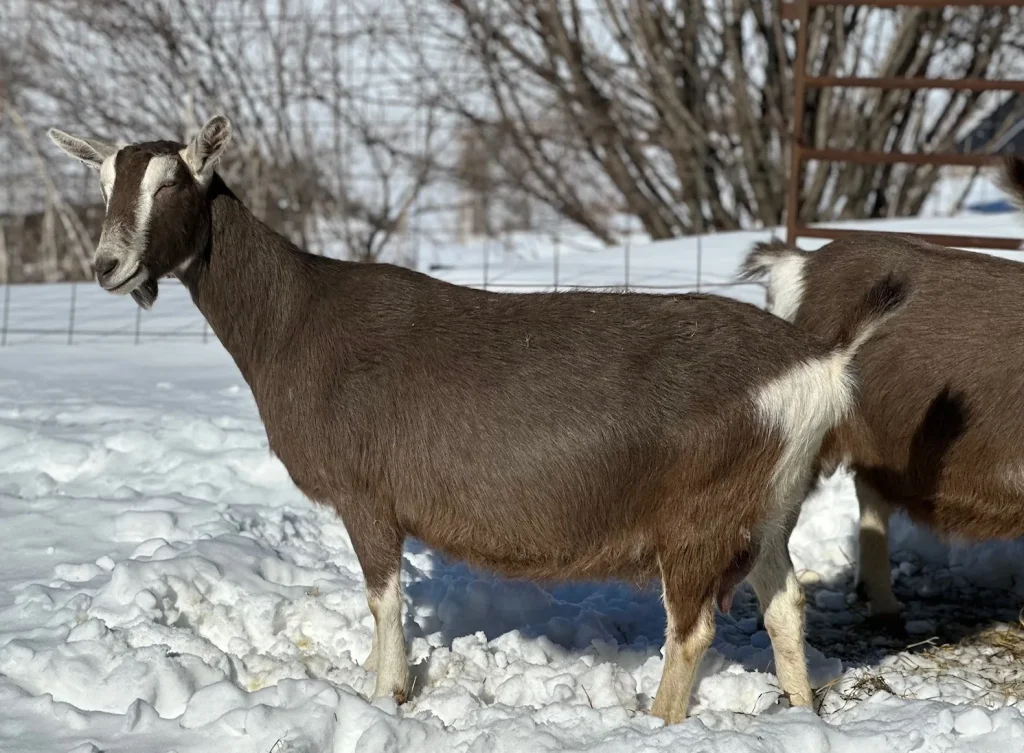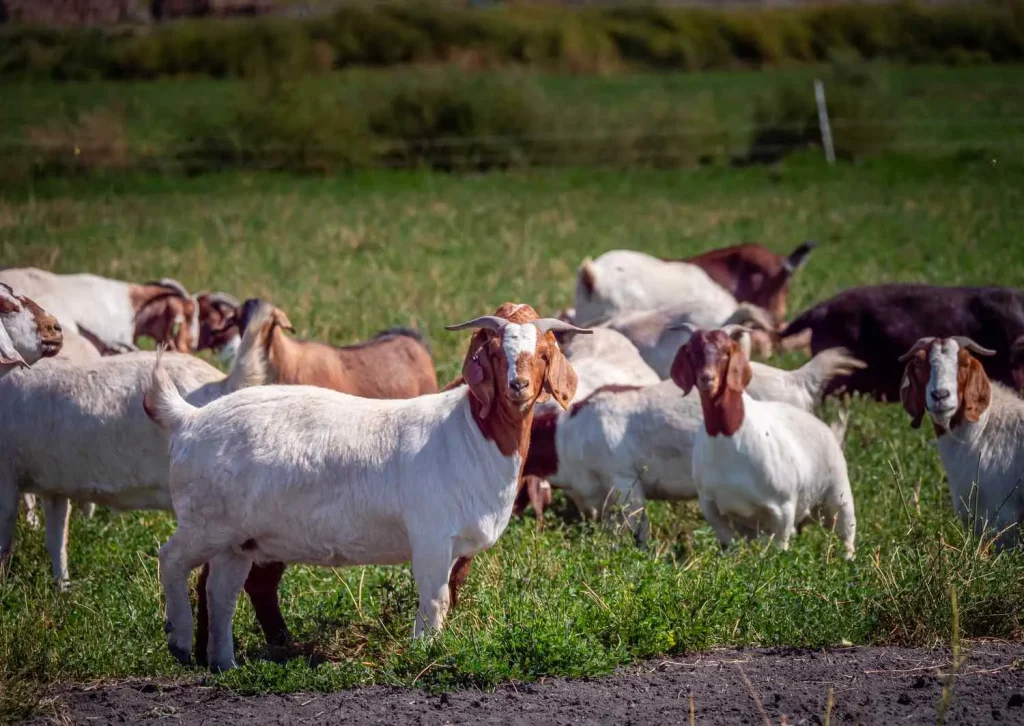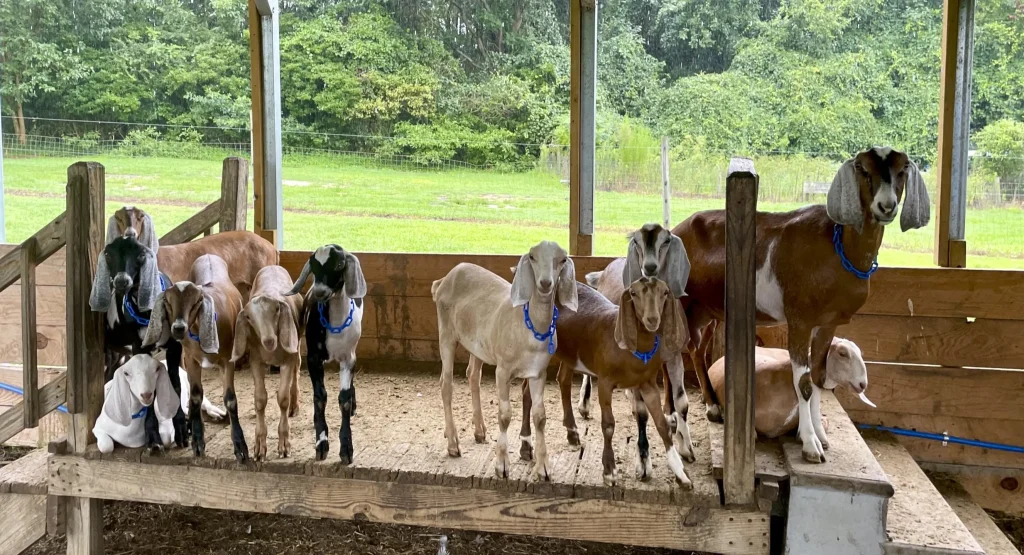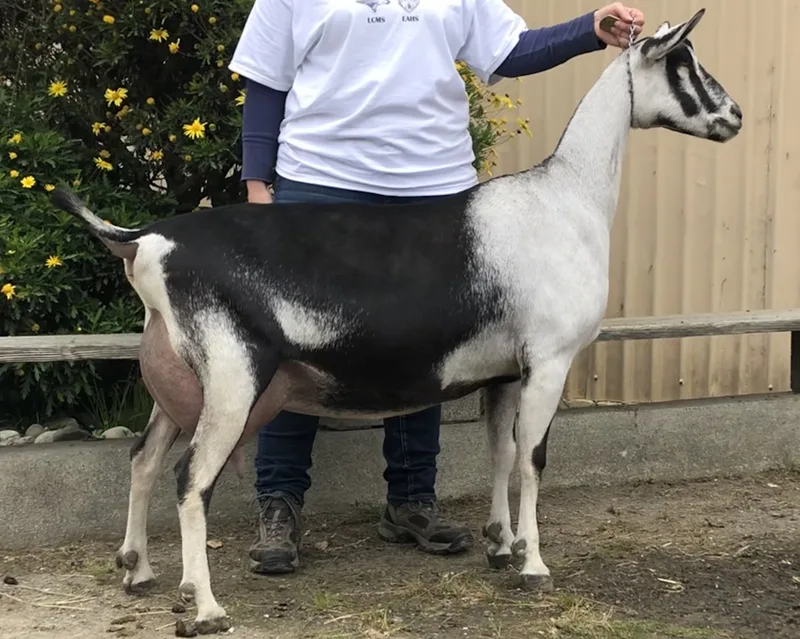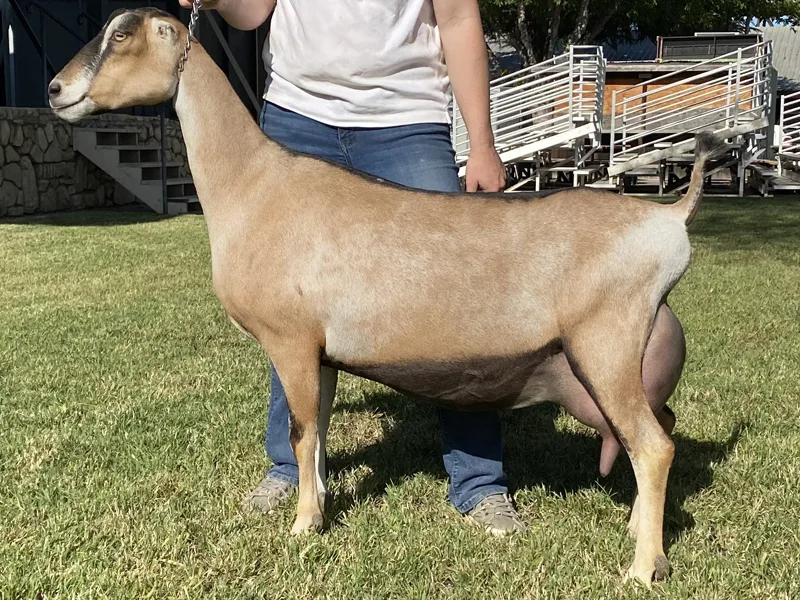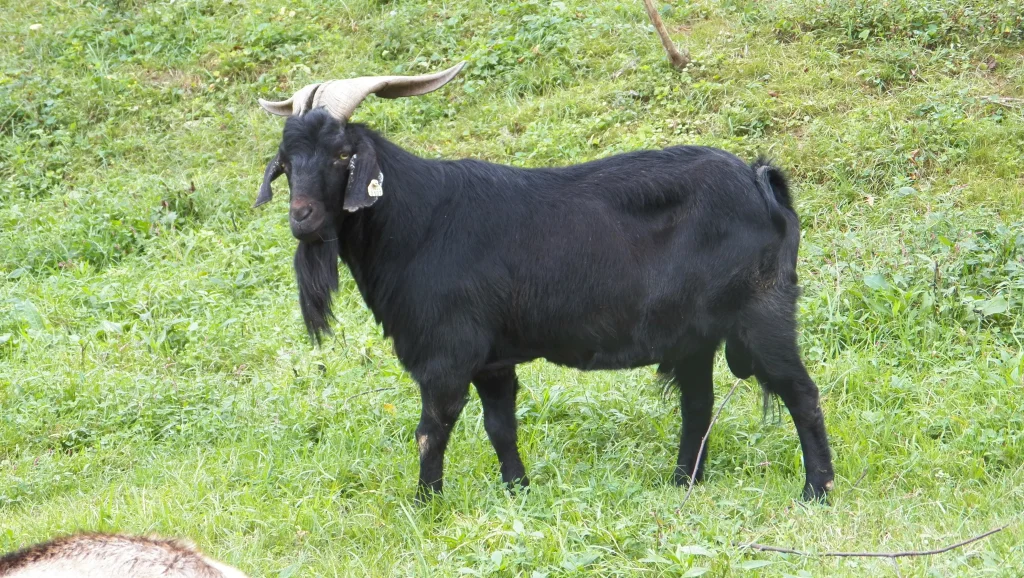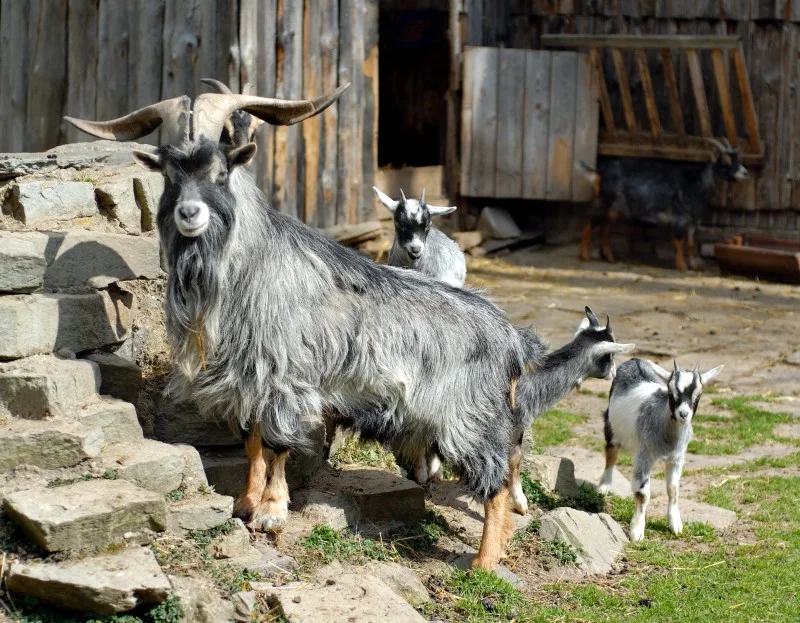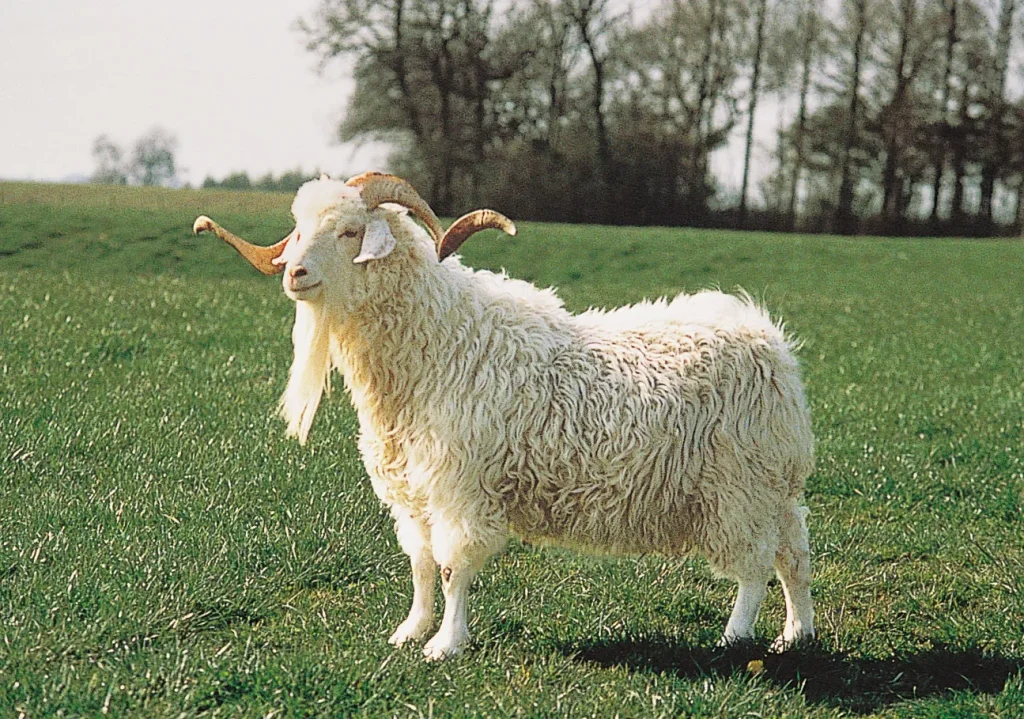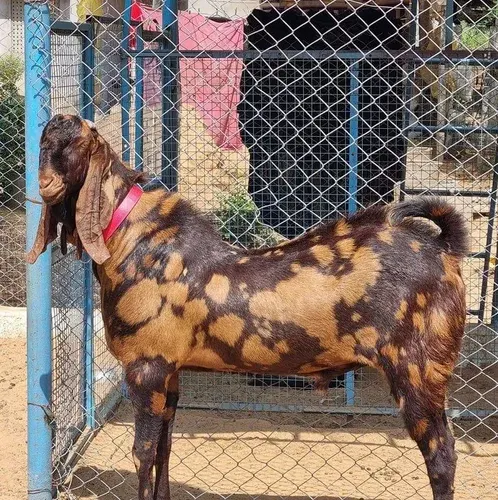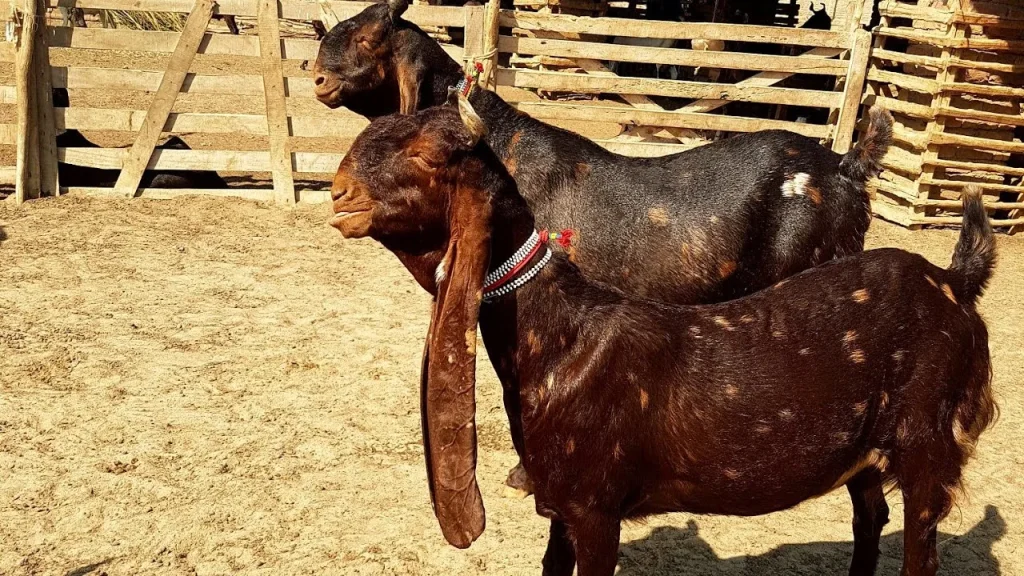🐐 Toggenburg Goat – The Oldest Known Dairy Goat Breed
🌍 Introduction
The Toggenburg Goat is a time-honored dairy breed known for its consistent milk production and gentle personality. Originating from the scenic Swiss Alps, it holds the title of the world’s oldest officially recognized dairy goat breed. With its unique appearance and calm temperament, the Toggenburg remains a popular choice for both hobby farms and commercial dairies.
📜 History and Origin
This remarkable breed comes from the Toggenburg Valley in northeastern Switzerland. Officially recognized in the 19th century, it quickly gained international popularity. Toggenburg Goats were first exported to the UK in the 1880s and later introduced to North America and other parts of the world.
Thanks to their alpine heritage, they are naturally suited to colder climates and hilly terrain.
🧬 Physical Characteristics
Toggenburg Goats are medium-sized with sturdy, well-balanced bodies. They have short to medium-length hair in shades of light fawn to deep chocolate brown. Distinctive white markings set them apart—look for white facial stripes, white legs, and white patches on the ears and tail.
Females (does) usually weigh 120–150 pounds, while males (bucks) can reach up to 200 pounds. Their upright ears and alert expression reflect their smart and curious nature.
🌟 Temperament and Behavior
These goats are known for their sweet, easygoing disposition. They are calm, friendly, and highly social, making them excellent companions for children and families. Toggenburgs enjoy the company of other goats and animals and adapt well to herd living.
Their intelligence and curiosity mean they’re quick learners, but they may also explore if fencing isn’t secure.
🌄 Ideal Environment
Toggenburgs thrive in cool, temperate climates but can adjust to warmer areas with proper care. A clean, dry shelter is important, especially in rainy or snowy seasons. They also benefit from a pasture with mixed grasses and shrubs, along with shaded areas for comfort on hot days.
🥛 Diet and Nutrition
To maintain strong milk production, Toggenburg Goats need a high-quality, balanced diet. Their staples include:
- Fresh pasture grasses
- Alfalfa or good-quality hay
- Clean, fresh water at all times
- Grain or dairy goat feed (as a supplement)
Provide free-choice minerals and salt blocks to support overall health and milk output.
🩺 Health and Lifespan
Toggenburgs are generally hardy and resilient. Routine care includes:
- Regular hoof trimming
- Vaccinations and parasite control
- Clean bedding and dry housing
These goats have strong resistance to cold-weather ailments but may need additional attention in humid climates. With good care, they often live between 8–12 years, with some reaching older ages.
🎯 Primary Uses
Toggenburg Goats are primarily raised for their milk, which is:
- 🥛 Abundant in quantity
- 🧀 Lower in butterfat (around 3%)
- 🌿 Mild and sweet
Their milk is ideal for soft cheeses and everyday consumption. While they are not typically used for meat, wethers (castrated males) can serve as companions or for light land clearing.
🧽 Grooming and Care
Grooming a Toggenburg is simple. A weekly brushing helps keep their coat tidy, especially during shedding seasons. During winter, check for lice or mites. Clean housing and proper milking hygiene are essential to prevent udder infections and maintain milk quality.
👨👩👧👦 Family and Social Compatibility
With their gentle and affectionate nature, Toggenburg Goats are excellent for families, including those with children. They are easy to milk by hand and get along well with other animals like sheep or chickens.
Because goats are social creatures, it’s best to keep them in pairs or small groups.
📈 Breeding and Productivity
Toggenburgs are reliable breeders and devoted mothers. They typically give birth to twins or triplets. Their milk production is impressive, with many does producing for up to 300 days each year.
Breeding usually occurs in the fall, with kids arriving in spring—perfect timing for fresh pasture growth.
🎉 Fun Facts About Toggenburg Goats
- They’re named after the Toggenburg Valley in Switzerland.
- Toggenburgs helped enhance milk yields in other goat breeds.
- They were the first goats registered in an official dairy herd book.
- Some Toggenburgs have wattles—small fleshy tags near the neck.
❓ Frequently Asked Questions
Q1: How much milk does a Toggenburg Goat produce?
A: A healthy Toggenburg doe can yield 2–3 liters (about half to three-quarters of a gallon) of milk daily during peak production.
Q2: Is Toggenburg milk good for cheese-making?
A: Absolutely! It’s especially well-suited for soft cheeses due to its lower butterfat content.
Q3: Are Toggenburg Goats noisy?
A: No, they are usually quiet and calm, although they may call out during feeding times or when they want attention.
Q4: Can Toggenburg Goats live in hot climates?
A: While they prefer cooler temperatures, they can adapt to warmer areas if provided with plenty of shade and proper ventilation.
Q5: Are they easy to milk?
A: Yes! Their calm nature and cooperative behavior make them a favorite among small-scale and beginner dairy farmers.
✅ Conclusion
The Toggenburg Goat is a legendary dairy breed with a proud heritage and practical value. Its steady milk production, gentle nature, and charming look make it a perfect fit for homesteaders and goat enthusiasts alike. Whether you’re starting a backyard dairy or expanding your farm, the Toggenburg is a dependable and delightful choice!
